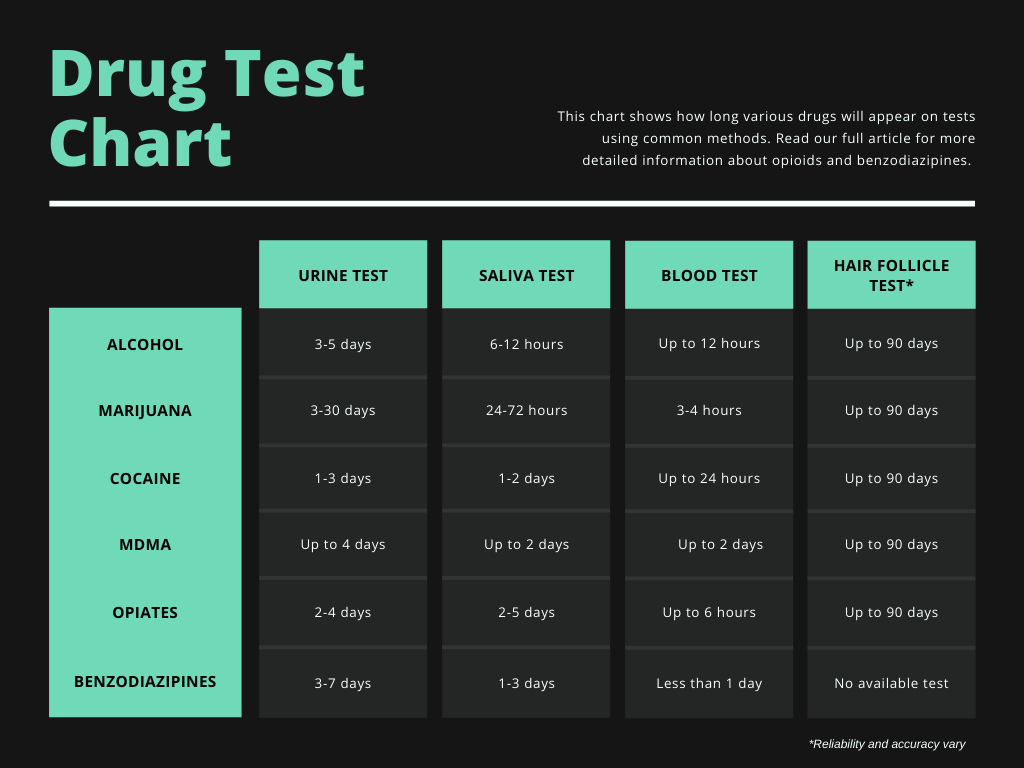

In contrast, others found that, although the amphetamines similarly increased dopamine in the rat nucleus accumbens, methamphetamine released dopamine in the prefrontal cortex less effectively than d-amphetamine. For example, Melega and colleagues observed that the drugs had equivalent pharmacokinetic profiles and similarly increased striatal dopamine in rats. It is important to note, however, that data from studies directly comparing the amphetamines in laboratory animals do not support the notion that methamphetamine is more potent. Consequently, methamphetamine may more readily cross the blood brain barrier, making it more potent than d-amphetamine. One possible explanation for the greater incidence of methamphetamine abuse is that illicit methamphetamine is more readily available due to its purported ease of synthesis.Īnother explanation is that the addition of the N-methyl group to the basic amphetamine structure makes methamphetamine more lipophilic compared to d-amphetamine. Treatment Episode Data Set, in 2007 methamphetamine users comprised approximately 96% of all amphetamine treatment admissions. Furthermore, epidemiological evidence indicates that methamphetamine abuse rates are greater than those of d-amphetamine.

A comparable literature for d-amphetamine does not exist. For example, there is an extensive human literature suggesting that illicit methamphetamine produces cognitive impairments and psychological disturbances. It is possible that methamphetamine is infrequently used therapeutically because of the perception that it produces greater deleterious effects. Despite their structural similarities, d-amphetamine is commonly regarded as a safe and effective therapeutic, whereas methamphetamine is rarely prescribed. Methamphetamine is the N-methylated analog of d-amphetamine and both are FDA-approved for similar medical conditions. Methamphetamine and d-amphetamine have nearly identical chemical structures.


 0 kommentar(er)
0 kommentar(er)
